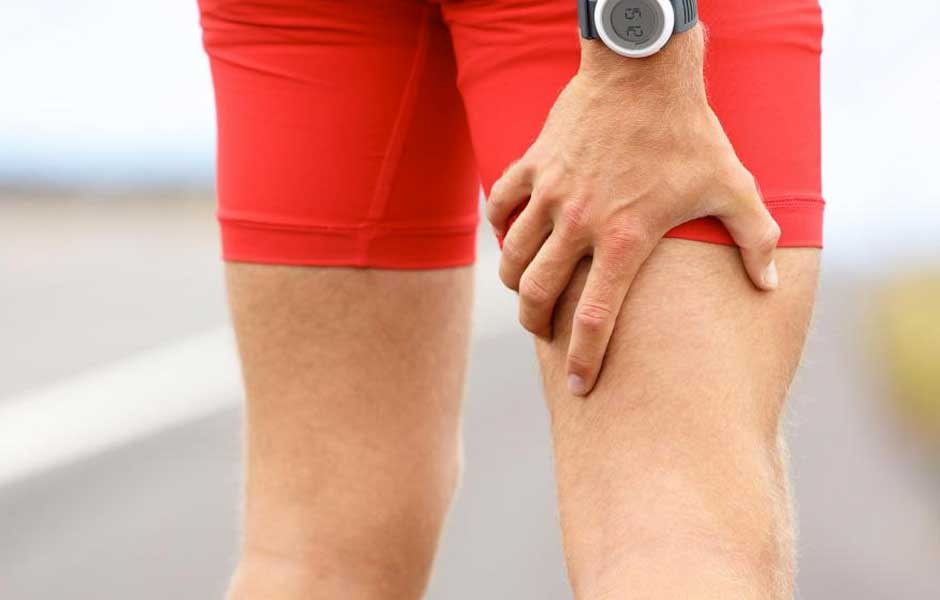As many of us are aware, the hamstrings (a group of 3 muscles) run down the back of our thigh from the pelvis to the back of our knee. Hamstring injuries are all too common, are often in the public eye during the AFL season, and more recently with the serious injury suffered by the Australian cricket captain, Michael Clarke.
Unfortunately, the “less elite” of us are susceptible to these injuries too, particularly if we engage in any sport or activities involving running. As usual, early detection and treatment of a hamstring strain or tear will assist greatly in a more rapid and complete recovery.
Symptoms
– a sudden, sharp pain in the back of the thigh, often during running or sprinting;
– pain when stretching or contracting the muscle group;
– possible swelling and bruising, and if the injury is severe, a “gap” in the muscle may be felt.
Severity or “Grading” of the Injury
Grade 1 – an overstretching of the muscle causing microscopic tearing of fibres;
Grade 2 – a partial tear of the muscle;
Grade 3 – a complete rupture of the muscle, often requiring surgical repair.
Symptoms of a Grade 1 strain include tightness in the back of the thigh, possibly a slight limp (if any), minimal swelling and mild pain when you bend your knee.
A Grade 2 strain will be more noticeable, with more of a limp, occasional sudden “twinges”of pain with activity, more swelling and tenderness to touch, and difficulty fully straightening the knee.
A rupture, or Grade 3 injury of the hamstrings will possibly require crutches to walk, noticeable swelling almost immediately following the injury, and severe pain with most activity, especially if you try to bend or fully straighten the knee.
Acute Management
As with all soft tissue injuries, the first 48 hours following a hamstring strain or tear are crucial. Typically we insist on the following…
– stop your sport or activity and rest the injured leg;
– apply ice to the injured area every 2 hours for around 15 minutes;
– compress the thigh firmly with an elasticized bandage;
– elevate the leg above the level of your heart as often as possible; and
– avoid heat, alcohol, exercise and massage for these first 48 hours, as they all exacerbate swelling and pain.
Professional help:
Always remember that often the Hamstring is strained when ones spine is out of alignment (much like the alignment of our wheels).
See a physiotherapist asap to check one’s alignment.
If the pain and impaired function from a Grade 1 strain has not settled within a few days, or if you suspect a more serious Grade 2 or 3 injury, you must seek help and consult with a physiotherapist. This is exactly what we do – deal with soft tissue injuries and get you fit and healthy and back to your preferred sport or activities as quick as possible.
Treatments we provide can include electrotherapy and ultrasound to reduce swelling and stimulate healing; soft tissue therapy to enhance circulation and dry needling to prevent adhesions or scar tissue from becoming an issue; a stretching, then strengthening program to regain full function and prevent re injures; correction of any contributing factors such as poor pelvic or lower limb alignment or muscle imbalances; as well as other techniques, depending on each individual case.
We hope this information helps you or someone you know that may suffer with hamstring issues now or in the future. As always feel free to call us, email, or make an appointment for a great service whenever it may be required.
– Ingrid Takis Physiotherapists
Tel : 011 4637528
Mobile : 0827714515
EMAIL : ingridphysio@mweb.co.za


